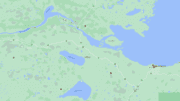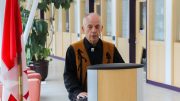For Carla Johnston, Sambaa K’e has a special place in her heart.
Johnston, a PhD candidate with the Balsillie School of International Affairs, has been working with communities in the territory since 2019. Her work focuses on integrating Indigenous knowledge and practices in the design of local and global food systems.
One of her projects in Sambaa K’e was to interview residents to gather traditional knowledge about berries, knowledge that community leadership feared was being lost.
In Kakisa, Johnston is helping to transform fire breaks into accessible areas for berry picking.
About a dozen students from Wilfrid Laurier University, under the supervision of Dr. Andrew Spring, are working in the territory this summer, in communities from Sambaa K’e to Délı̨nę, helping them achieve their goals for sustainable food production. Elsewhere in the territory, researchers were conducting soil mapping near K’atl’odeeche First Nation (KFN), with the goal of possibly using the land for agriculture. Two students were supposed to be spending the summer in Sambaa K’e starting this week.
That was before the fires.

A greenhouse in Sambaa K’e. (Photo courtesy of Carla Johnston)
First, a manmade fire forced the evacuation of KFN and destroyed several buildings. Then, a lightning-caused fire near the Alberta-NWT border ballooned in size, approaching Sambaa K’e and forcing the evacuation of that community. At last estimate, that fire was about 8 kilometres from the community.
Andrew Spring, Johnston’s supervisor, says he hasn’t seen anything like this in a decade.
His first summer as a researcher in the N.W.T. was the infamously smoky summer of 2014. “If you’ve ever been to Kakisa, you can see where the fire was — it really reached the edge of the community,” he says. “So it was certainly a very stressful time for the community.”
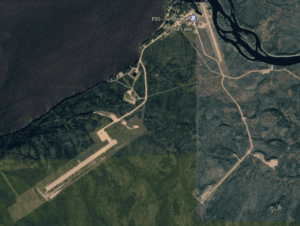
(Google Maps)
Despite the upheaval, Spring says his team is adapting to the circumstances. “Plan A was to have several students living in these communities and just supporting the community vision for sustainable food systems,” he says. “But yeah, the fires have certainly put a wrench in those plans. So we’re already thinking about what our options are for summer.”
Thankfully, Spring says none of his students have had to evacuate due to wildfires. The two students who were meant to be in Sambaa K’e have instead been sent to help out in nearby Kakisa. “But of course, safety is our number one priority with our students,” he says. “So we have had conversations with them about when to pull the plug, and make sure that they feel safe and comfortable.”
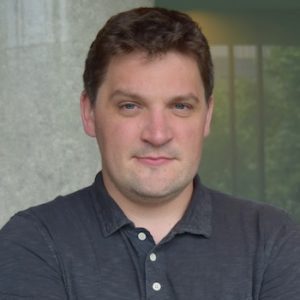
For Andrew Spring, this year’s wildfires evoke the infamous summer of 2014. (Wilfrid Laurier University)
Spring says he envisions a mobile team that can help in any of the communities. “So maybe that’s helping getting the garden set up and running for the summer, maybe there’s some other things that communities need help with. But for us, it’s just seeing how we can help and then maybe figuring out how we can continue to support next year and into the future.”
For now, however, the work in Sambaa K’e and KFN is on hold.
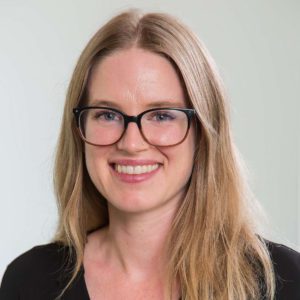
For Carla Johnston, seeing the fire near Sambaa K’e has been highly personal. (Balsillie School of International Affairs)
Johnston has worked in Sambaa K’e for years and made many friends. seeing the community in distress has been highly personal. “I’m worried about those territories, and that they’re up in flames right now. So yeah, just feeling kind of concerned and worried about a place and people that I’ve really grown to care about.”








